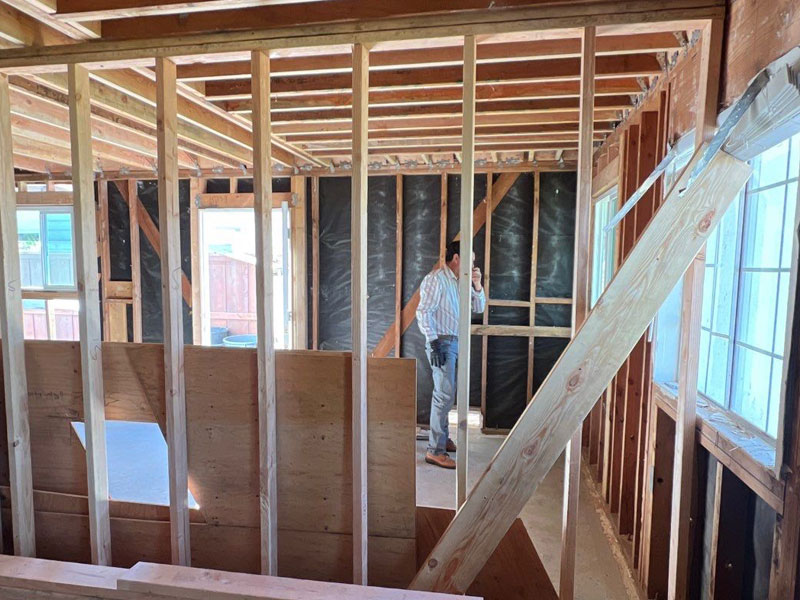
Accessory Dwelling Units (ADUs) have become increasingly popular in recent years, especially across Southern California where housing demand is high and space can be limited. Whether you’re looking to create a rental unit for supplemental income, provide space for extended family, or increase your property’s value, building an ADU can be a strategic move. However, success hinges on careful planning.
From navigating local building codes to selecting materials and managing contractors, an ADU construction project requires thoughtful coordination. This guide will walk you through the essential phases of ADU planning to help ensure a smooth process and favorable outcome.
Understanding ADUs and Their Value
An ADU is a secondary residential unit located on the same lot as a primary residence. It can be attached to the main home, such as a converted garage, or detached, like a standalone backyard unit. As cities look to ease housing shortages, many have relaxed zoning regulations, making ADUs more feasible than ever before.
Not only do they provide flexibility in living arrangements, but they also contribute significantly to property value. According to a Forbes article on home renovations, homes with ADUs can fetch higher resale prices and appeal to a broader range of buyers.
Check Local Zoning and Permit Requirements
The first step in planning your ADU is to check with your local planning department. Each city and county in California may have unique zoning codes that determine where and how you can build an ADU.
For instance, setbacks, maximum unit size, parking requirements, and height restrictions can vary significantly. You’ll also need to ensure your property has enough space for utilities, septic systems (if applicable), and access. Reading resources like the California Department of Housing and Community Development’s ADU Guide can help you understand state-level policies that apply.
Failure to align with these requirements can delay your project or result in costly redesigns, which is why it’s critical to involve professionals early in the planning process.
Design With Purpose and Efficiency in Mind
The design of your ADU should reflect its intended use. Is it for a relative who requires easy access? Consider single-story construction with ADA-friendly features. Planning to rent it out? Then include features that appeal to tenants, like privacy, storage, and modern finishes.
Space-saving design is essential, especially if you’re working with limited square footage. Open floor plans, smart storage solutions, and multi-functional furniture can make a compact space feel much larger.
You should also work closely with architects and designers experienced in ADUs to ensure your plan meets both building codes and lifestyle needs.
Budgeting for the Full Scope of Work
Many homeowners underestimate the total cost of building an ADU. While ADUs are more affordable than full home additions, they still involve foundation work, plumbing, electrical, and often separate utility connections.
In addition to the physical construction, you should also budget for:
- Architectural and engineering plans
- City permit and plan check fees
- Soil tests or site prep
- Utility connections or upgrades
- Inspection costs
- Landscaping or fencing to maintain privacy
It’s wise to allocate a contingency fund of at least 10-15% of the total budget to cover unexpected expenses.
Choosing the Right Contractor and Project Timeline
Once you have your plans approved and permits in hand, selecting a contractor is the next major step. Look for licensed professionals with experience in ADU construction specifically. They should be familiar with the local permitting process, utility requirements, and subcontractor coordination.
Ask for detailed bids, a breakdown of timelines, and references from past ADU clients. Poor planning or hiring unqualified workers can result in serious delays or safety issues.
Depending on complexity and permitting, ADU construction typically takes between 4 to 9 months from start to finish. Keep in mind that inspections and utility approvals can also add time to the schedule.
Consider Future-Proofing Your ADU
Think long-term. How will the unit be used in five or ten years? Will it eventually serve as housing for aging parents, an office space, or a rental unit?
Features like solar panels, energy-efficient insulation, EV charging outlets, and smart home systems can make your ADU more valuable and sustainable. These details might increase initial costs, but they can provide long-term savings and appeal.
Cal Prestige – ADU Construction Services in Southern California
Planning and building an ADU involves more than just blueprints and bricks—it’s about creating a livable, legal, and lasting space that enhances your property and lifestyle. Cal Prestige specializes in ADU construction projects across Southern California, delivering expert planning, seamless execution, and personalized service from start to finish.

